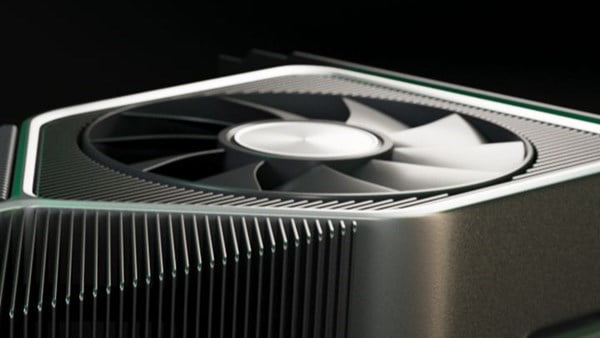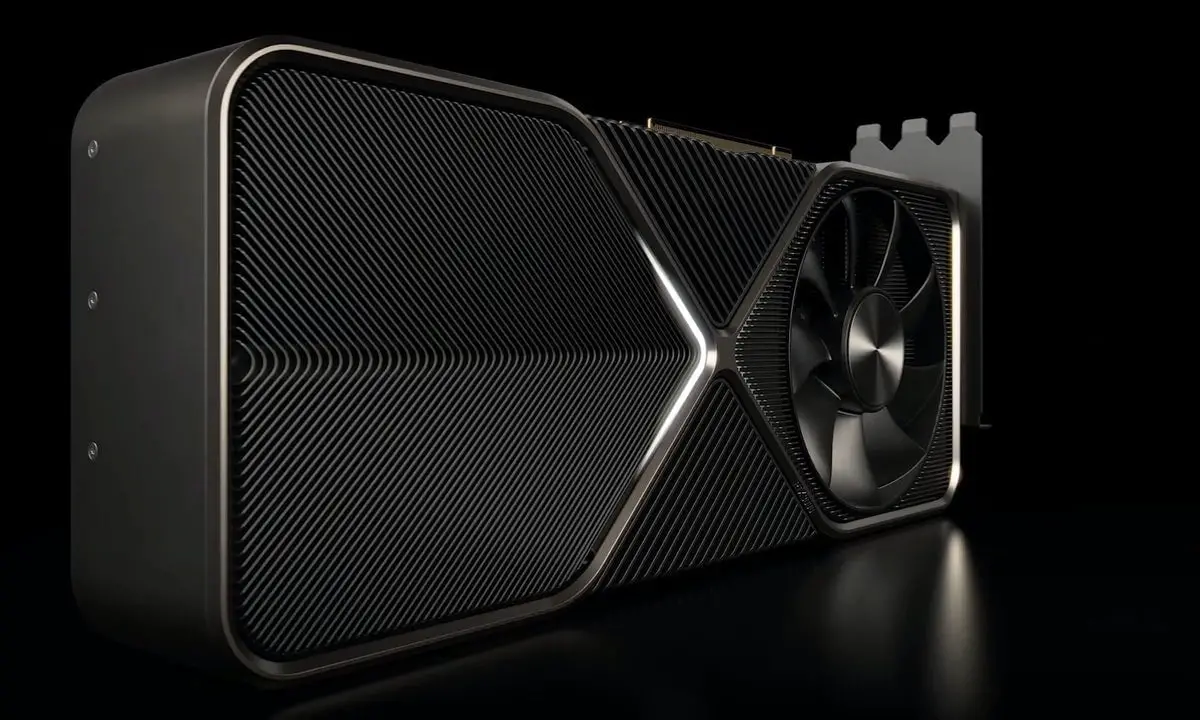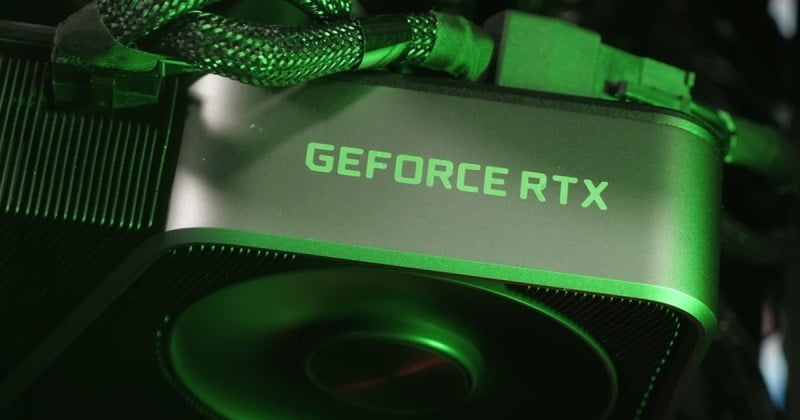NVIDIA will continue to bet on ray tracing with the arrival of GeForce RTX 3050 Ti. Ray tracing is here to stay, and it seems like the GeForce RTX 3050 Ti is destined to mark the end of graphics cards without dedicated hardware to accelerate such technology.
- RTX 3060 Ti could be officially presented on November 17
- NVIDIA Ampere RTX 3060 Ti is leaked: pre-order available in China
- AMD launched Radeon RX 6900 XT, 6800 XT, RX 6800: specs, price, release date
With the arrival of the GeForce RTX 20 series, NVIDIA introduced a GPU configuration focused on specialization in different workloads. The tensor cores and RT cores were integrated into the silicon and took up their own space, opening up a new era that has left us with significant advances that not only confirmed the potential of ray tracing, but also highlighted the importance of intelligent rescaling when it comes to improving performance without making sacrifices in terms of image quality.
NVIDIA had the opportunity to make a complete transition, but ultimately chose not to launch an RTX 2050, and limited ray tracing to its upper-mid and high-end range. The GTX 16 came as an adaptation of Turing without tensor cores and without RT cores, and the truth is that they offered a fairly interesting value.
If you wonder why NVIDIA didn’t release a quiet RTX 2050, the explanation is very simple: because it would have had a high price and would not have been able to offer good performance with ray tracing at that time, even at 1080p resolutions. It would have been more interesting, however, to see a graphics card like that benefit from the performance improvements of DLSS 2.0 technology.

With the RTX 30 series, NVIDIA has made a major leap forward in terms of overall performance but has also improved the performance of its tensor and RT cores. The latter offer up to 70% more performance than second-generation RT cores, an improvement that would finally bring ray tracing to mid and low-mid range graphics cards while maintaining a good value for money.
NVIDIA is aware of this they are working on the GeForce RTX 3050 Ti, a mid-range graphics card that would be based on Ampere and offer similar performance to the RTX 2070. Yes, you read correctly, it would be, more or less, at the level of an RTX 2070, a graphics card that, until recently, was considered to be high-end.
Possible specifications of the GeForce RTX 3050 Ti
- 3.584 shaders at 1.525MHz-1.750MHz, normal and turbo mode.
- 112 textured units.
- 64 raster units.
- 112 tensor cores.
- 28 RT cores.
- 192 bits memory bus.
- 6G GDDR6 at 14GHz.
- Power in FP32: not specified.
- Power requirements: a 450 Watt power supply and a 6-pin connector.

Possible specifications of the GeForce RTX 3060
- 3,840 shaders at 1,525 MHz-1,750 MHz, normal and turbo mode.
- 120 textured units.
- 64 units of rasterization.
- 120 tensor cores.
- 30 RT cores.
- 192 bits memory bus.
- 6GB GDDR6 at 14GHz.
- 13.25 TFLOPs of power in FP32.
- Power requirements: one 500-watt power supply and one 8-pin connector.
The launch of the GeForce RTX 3050 Ti could take place between January and February next year, and it is said that it will be accompanied by the GeForce RTX 3060, a mid-range graphics card that should be more or less at the level of an RTX 2080 in terms of performance. It is likely that the RTX 3060 will be between $349 and $399, and the GeForce RTX 3050 Ti will be between $249 and $299, approximately.





